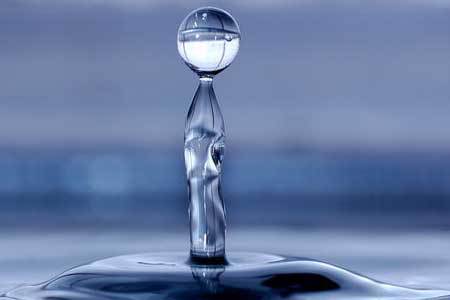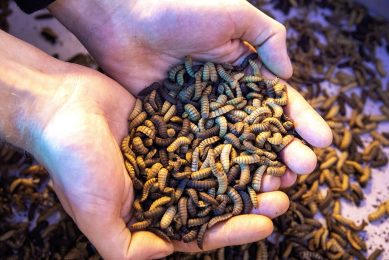Chemicals causing damage to poultry watering systems

Poultry watering system components are primarily comprised of various types of plastic. The use of plastics in the watering systems has many advantages, including the ability to withstand the corrosive atmosphere common to poultry operations.
However, there are certain chemicals that can cause extensive damage to the watering system. Petroleum-based products are the most common. Producers often will use lubricant sprays to assemble the system or to assist in a repair. These products can stress some plastics to the point where they fail.
Producers also will use a petroleum-based product to spray around the base of the poultry house as a wood preservative. Mist from the spray can land on the system and cause unintended damage.
In addition, certain chemicals used to control flies and insects may have a petroleum base. Other compounds that contain phenols (carbolic acid) or aldehydes (such as glutaraldehyde) can damage certain plastics.
These compounds most often are used to disinfect the poultry house. During the wash down process, some of the mist can get on the watering system causing extensive damage.
In addition, producers have been known to use phenol- or aldehyde-based products to sanitise the watering system. Again, this can cause extensive damage.
Many producers regularly introduce chlorine and/or acidifiers into the watering system in an attempt to kill bacteria and viruses in the water. However, these products can damage the metal and plastic parts. We know of one producer who had to replace every drinker in his poultry house twice in less than a year because his acidification program was too aggressive. That cost him about $4,000 not a good return on investment. Ziggity recommends using a correctly formulated hydrogen peroxide product to clean the watering system. It not only kills bacteria, but also scrubs away the biofilm that bacteria form.
In general, disinfectants that are not biodegradable are the most aggressive in causing corrosion to the plastics in the watering system.
Source: Ziggity Systems












